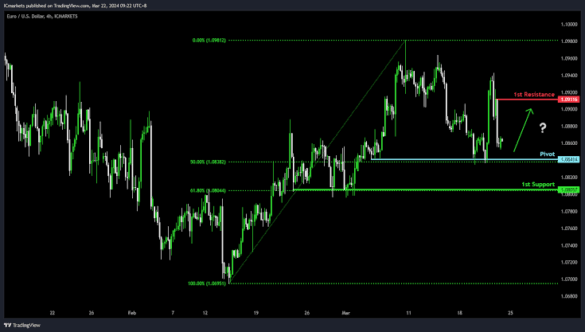Introduction:
Numbers are fundamental in almost every aspect of our daily lives, and one such number that often gets overlooked is the decimal (1.08057). While it may seem like just a simple decimal value, its significance spans various disciplines. Whether you’re in the world of science, economics, or even in data analysis, (1.08057) could play a crucial role in your understanding of certain concepts.
In this blog post, we will explore what (1.08057) represents, its possible uses, and why it is an important figure in multiple fields. Read on to learn more about how this number functions in different contexts and why it’s worth paying attention to!
What is (1.08057)?
The number (1.08057) is a decimal with five significant figures. In mathematical terms, it is a rational number between 1 and 2, and it could serve as part of a larger calculation or formula. But what makes it stand out?
The importance of (1.08057) often depends on its context. For example, in finance, (1.08057) might represent a specific growth factor, an interest rate, or a depreciation value. In scientific fields, it could be used in a formula for calculations related to measurements, density, or even scaling laws.
Common Applications of (1.08057):
1. Economics and Finance:
In economics, numbers like (1.08057) often appear in formulas that calculate growth rates, investment returns, or compound interest. For example, an interest rate of 8.057% compounded annually would give a multiplier of 1.08057. In this case, the number is crucial for determining the future value of investments or savings.
Example: If you invest $100 at an annual interest rate of 8.057%, after one year, your investment would grow by a factor of (1.08057), resulting in a value of approximately $108.06.
2. Science and Technology:
In scientific measurements, (1.08057) could represent a scaling factor. For example, in physics or engineering, it could be part of an equation that adjusts certain parameters for size or efficiency. It could also be part of data normalization processes where a set of data is multiplied by a factor to align it with a standard scale.
3. Statistics and Data Analysis:
Data analysts and statisticians use factors like (1.08057) to adjust data models, normalize results, or even to scale statistical outputs. For example, in regression analysis, it could be used as a coefficient to adjust for certain variables or factors in a predictive model.
Why is (1.08057) Important?
The significance of (1.08057) may not be immediately obvious, but its role in calculations cannot be understated. It serves as an example of how a seemingly small decimal can have a profound impact in various fields.
In economics, a small percentage difference can mean the difference between a successful investment and a failing one. In data analysis, these kinds of factors are used to fine-tune results and make predictions more accurate. The same principle applies in fields like engineering and physics, where precision is key to making successful advancements.
Conclusion:
In summary, while the decimal (1.08057) might seem like just another number, it has a wide array of uses across various fields. Whether you’re working in finance, science, or data analysis, understanding how to apply such numbers correctly is essential for accurate calculations and predictions. Its importance highlights the often-overlooked value of numbers that, when placed in the right context, can help drive meaningful results.
If you’ve ever encountered (1.08057) in your work or studies, you now have a deeper appreciation for its applications. Numbers like this are far from simple – they are powerful tools that help us understand and shape the world around us!
Frequently Asked Questions (FAQs)
1. What is (1.08057) used for in finance?
In finance, (1.08057) could represent a growth factor, such as an interest rate of 8.057%. It helps calculate future values or returns on investments.
2. How does (1.08057) affect scientific measurements?
In science, (1.08057) could be used as a scaling factor in calculations to adjust values according to specific measurement standards.
3. Can (1.08057) be applied to statistical models?
Yes, statisticians use numbers like (1.08057) to adjust data, normalize results, or act as a coefficient in regression models.
4. Is (1.08057) a constant value?
No, (1.08057) is not constant. Its use depends on the context, and it can change based on the specific formula or calculation it’s involved in.
5. How precise is (1.08057)?
With five significant figures, (1.08057) is fairly precise for most applications, though more significant figures might be necessary in highly sensitive calculations.

